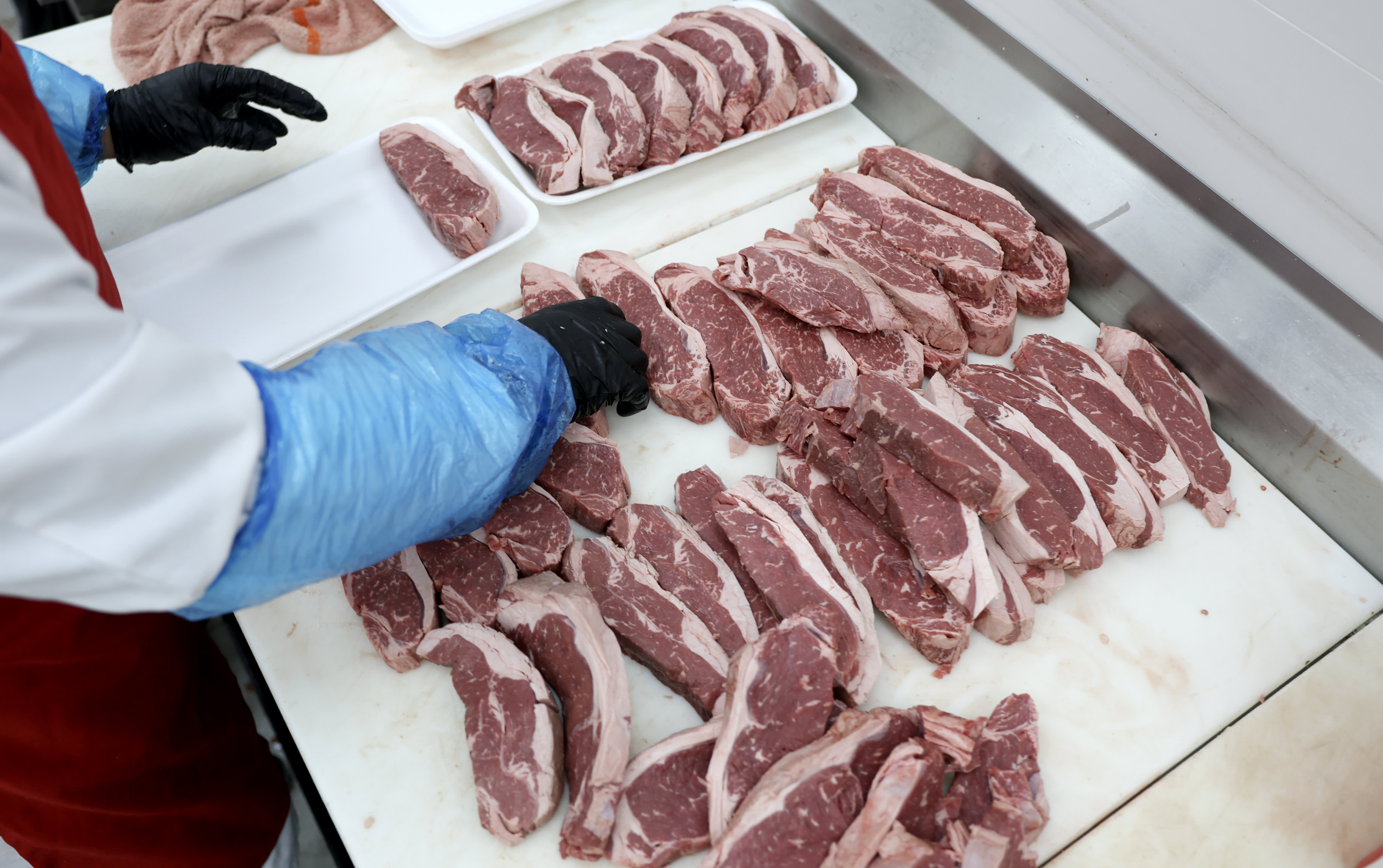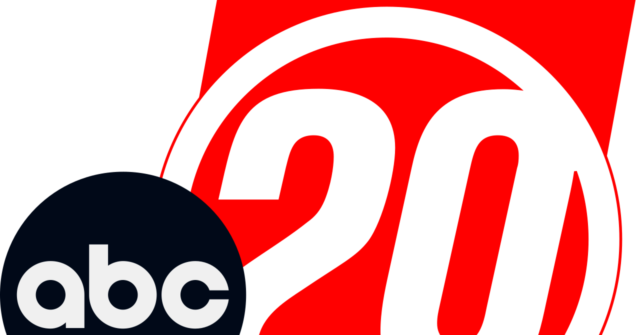By Jeff Cox
Copyright cnbc

“In aggregate, it’s still hotter than the Fed would like to see,” said James Knightley, chief international economist at ING. “They’ll be looking at the broader picture. The U.S. is predominately a service sector economy.”
To be sure, President Donald Trump’s tariffs are likely to show up further in the inflation picture in the form of price increases for items such as autos, furniture and clothing, among other items.
However, “aside from tariff effects, we expect underlying trend inflation to fall further, reflecting shrinking contributions from the housing rental and labor markets,” Goldman Sachs economists said in a note.
That’s a double-edged sword for the economy, though, as consumers feel the pinch from falling housing values and wages that aren’t rising as quickly, providing another incentive for interest rate cuts.
“When you get that combination, concerns about prices, concerns about incomes, concerns about wealth, those three things coming together are pretty toxic for the growth story,” Knightley said. “That’s starting to make the Fed more wary about where we’re heading.”
Producer prices, which will report ahead of CPI, are considered an indicator of pipeline pressures. Despite rising 0.9% in July, the increase is expected to be tempered in August.



